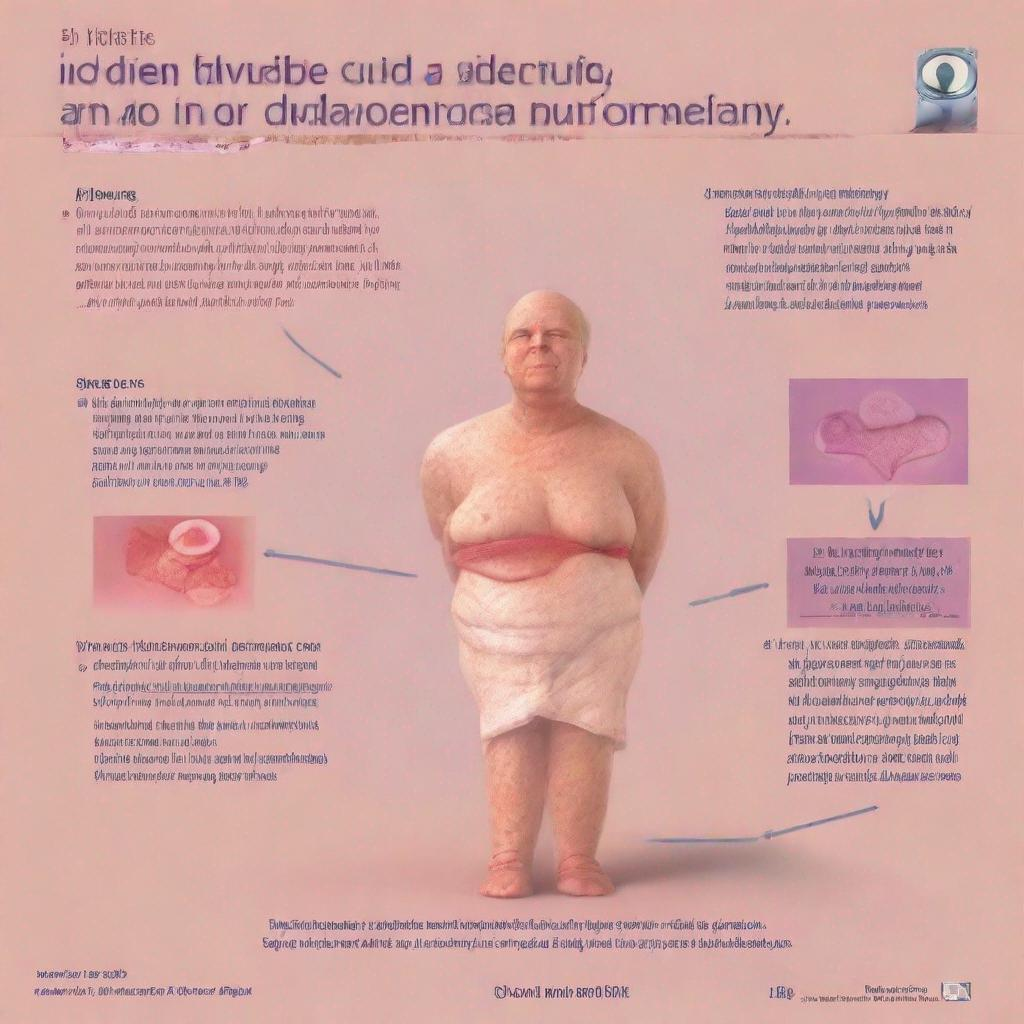## Abdominal Palpation: A Comprehensive Guide
### Introduction
Abdominal palpation is a physical examination technique used to assess the abdomen for potential medical conditions and diseases. Through this procedure, the healthcare professional can detect any abnormalities in the abdominal organs, such as the stomach, liver, kidneys, and intestines, and identify areas of tenderness or pain.
### Procedure
During abdominal palpation, the doctor or healthcare provider will gently press and feel different areas of the abdomen using their hands. They will typically use two methods: superficial palpation and deep palpation.
**Superficial Palpation:** Involves lightly pressing on the abdomen to check for tenderness, resistance, and any masses.
**Deep Palpation:** Applies more pressure to deeper structures like organs and pulsations to evaluate their size, shape, and mobility.
### Diagnosis
Abdominal palpation can help diagnose or identify various medical conditions, including:
– **Abdominal aortic aneurysm**
– **Abdominal mass**
– **Ascites**
– **Bowel obstruction**
– **Cholecystitis**
– **Diverticulitis**
– **Gastritis**
– **Hernia**
– **Hepatitis**
– **Inflammatory bowel disease**
– **Kidney disease**
– **Liver disease**
– **Ovarian cyst**
– **Pancreatitis**
– **Peritonitis**
– **Uterine fibroids**
### Importance
Abdominal palpation is a crucial tool for medical diagnosis. By physically examining the abdomen, doctors can identify potential health issues at an early stage, allowing for prompt treatment and better patient outcomes. It is a simple, non-invasive procedure that can provide valuable insights into abdominal health.
### Alternatives
In some cases, alternative tests or procedures may be used to further assess abdominal conditions. These include:
– Abdominal auscultation: Listening to sounds in the abdomen using a stethoscope.
– Abdominal CT scan: A high-resolution imaging technique using X-rays and a computer.
– Abdominal MRI: A detailed imaging test using magnetic fields and radio waves.
– Abdominal ultrasound: A real-time imaging technique using sound waves.
– Exploratory laparotomy: A surgical procedure to directly visualize the abdominal organs.
– Paracentesis: A procedure to remove excess fluid from the abdominal cavity.
### Preparation
No specific preparation is typically required for abdominal palpation, but it is recommended to inform the doctor if you have any recent abdominal surgeries or injuries.
### Duration
Abdominal palpation usually takes about 10-15 minutes. The results are generally available immediately.
### Recommendations
Abdominal palpation can be performed as part of a routine physical exam or when experiencing abdominal symptoms. If you have persistent or severe abdominal pain, bloating, constipation, or other digestive issues, it is recommended to consult a healthcare provider for proper diagnosis and treatment. In some cases, additional tests may be warranted based on the findings of abdominal palpation.




